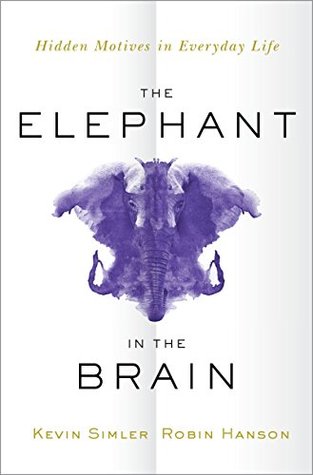Relative to subjects in the control group, subjects in the experimental group (who were primed with mating cues) were significantly more likely to report altruistic intentions.50 The thought of pursuing a romantic partner made them more eager to do good deeds. This, however, was true only of conspicuous good deeds, like teaching underprivileged kids or volunteering at a homeless shelter. When asked about inconspicuous forms of altruism, like taking shorter showers or mailing a letter someone had dropped on the way to the post office, the experimental group was no more likely than the control
...more
Welcome back. Just a moment while we sign you in to your Goodreads account.


